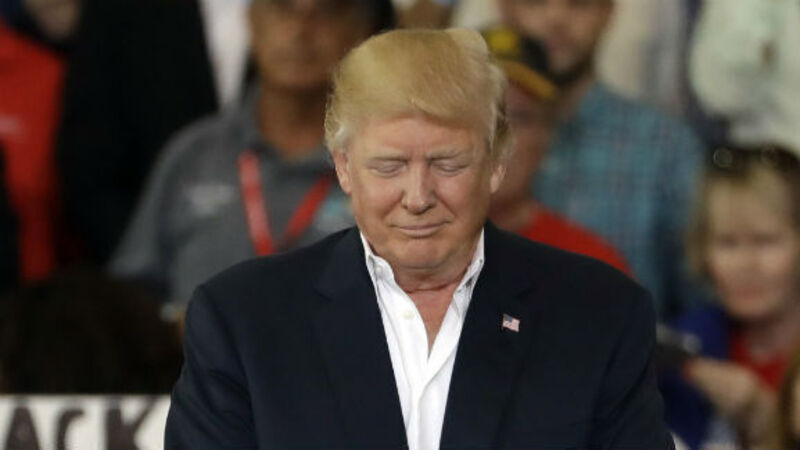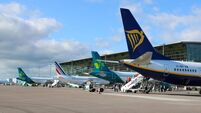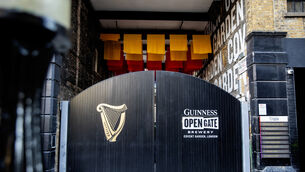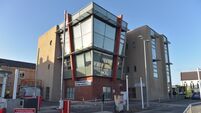Ireland’s growing US trade surplus under scrutiny

Trump’s executive order released at the end of March has put Ireland on the same chopping block as China, Mexico and Canada who sell a hell of a lot more goods into the US than they buy.
The stated intention of the order is to investigate “unfair” trade practices that contribute to the trade deficit, which President Trump maintains is the cause of US job losses.
On several occasions Mr Trump has railed at the North Atlantic Free Trade Agreement covering US trade with Canada and Mexico, calling for it to be replaced. The worrying issue is that Ireland’s trade surplus with the US is more than twice that of Canada’s.
Wilbur Ross, the US Commerce secretary, known to us here in Ireland since his emergence as the private sector investor to bail-out Bank of Ireland at the height of the financial crises, will lead the trade study. Ireland will feature in the review, as we have traditionally sold more goods to the US that we buy from them.
Last year, Ireland’s trade surplus with the US reached an all-time high of €19bn, double the level traded prior to the crash in 2007. And on the basis of the CSO recent trade release, the surplus may balloon out to over €29bn in the current year.
The Trump administration has made it clear that the study would focus on countries that have a “chronic” trade surplus with the US. The fact that Ireland’s trade surplus with the US makes up 40% of our total trade surplus across the globe is unlikely to go unnoticed by Wilbur Ross, who has committed to a “measured and systematic” analysis, to be completed in 90 days, which will examine the causes of the US trade deficit “country by country, product by product”.
Ireland’s businesses have managed for decades to sell more manufactured goods internationally than they import. Last year the surplus of exports over imports reached a new high of €46bn, with the largest surplus recorded with the US.
We can expect that Wilbur Ross’s “systematic” analysis will feature products such as Botox produced by Allergan in Mayo, who employ 2,700 people, or heart stents made by Boston Scientific in Galway employing 4,500 people. These are just two of the hundreds of products produced here by US corporations and exported back to the US, which have created Ireland’s trade surplus.
An unfavourable analysis could be very costly, not just for Ireland’s exporters but for the Exchequer as a whole.
A measured analysis by Wilbur Ross should take into account internationally traded services, such as computer software, financial and insurance services, as well as research and development, license fees and associated royalties. Here, the book begins to balance, as Ireland imports more in services from the US than it exports. Last year we imported €19bn more services than we exported, balancing the trade books neatly.
However, the difficulty may come when the job value of services versus manufactured goods are quantified. As over half of US imports are associated with license fees, research and development services and royalties, it will be difficult to ratchet up the job numbers associated with these services.
Additionally, Ross will be aware that these are all known routines for cross border price control and taxation management, rather than job creating activities.
The truth is that there are multiple good reasons for trade deficits, which the IDA would do well to advise Wilbur Ross to include in his report to the Oval Office, including business cycles, new product cycles, geographical proximity competitiveness, resources imbalances and the all-important currency exchange variations.
A quick examination of the euro-dollar exchange rates over the last decade shows that exports from Ireland gained significantly from a 33% strengthening of the dollar.
John Whelan is a leading consultant on Irish international trade in goods and services.
















